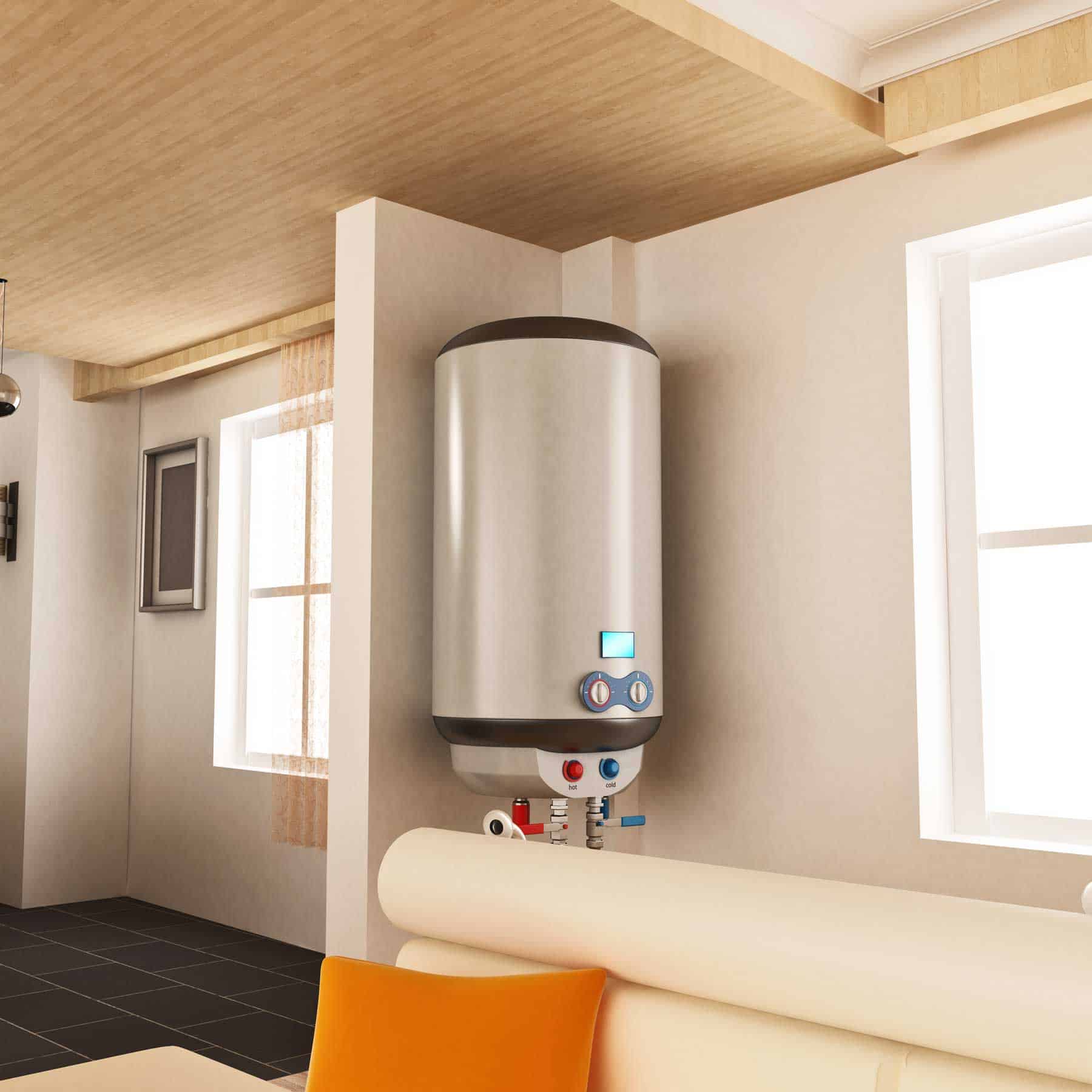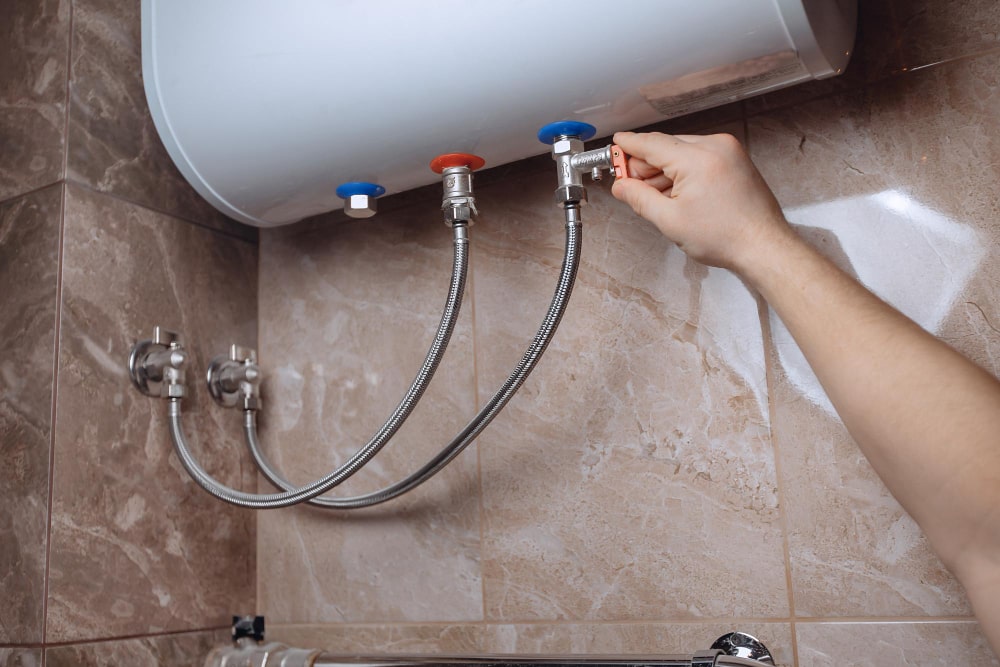On this page below you might get lots of incredibly good advice regarding How to Maintain a Hot Water Heater in a Few Simple Steps.

Warm water is crucial for daily convenience, whether it's for a revitalizing shower or washing meals. To ensure your warm water system runs successfully and lasts longer, routine upkeep is crucial. This write-up provides useful ideas and understandings on how to preserve your home's warm water system to stay clear of disruptions and costly repair work.
Intro
Keeping your home's hot water system could seem difficult, yet with a couple of basic actions, you can guarantee it operates smoothly for many years to find. This overview covers every little thing from recognizing your hot water system to DIY maintenance suggestions and understanding when to employ expert aid.
Relevance of Keeping Your Warm Water System
Regular upkeep not just expands the life-span of your warm water system yet additionally guarantees it runs efficiently. Disregarding upkeep can bring about reduced performance, higher power costs, and also early failing of the system.
Indications Your Warm Water System Needs Maintenance
Understanding when your hot water system needs attention can protect against significant concerns. Keep an eye out for indications such as irregular water temperature, strange noises from the heating unit, or rustic water.
Flushing the Water Heater
Flushing your water heater removes sediment buildup, improving effectiveness and extending its life.
Checking and Replacing Anode Rods
Anode poles prevent corrosion inside the tank. Examining and replacing them when worn out is important.
Complex Issues Needing Professional Help
Examples include major leaks, electric troubles, or if your hot water heater is continually underperforming.
Regular Specialist Upkeep Perks
Expert upkeep can include extensive assessments, tune-ups, and making certain compliance with safety standards.
Inspecting and Readjusting Temperature Level Setups
Changing the temperature settings ensures optimum performance and safety.
DIY Tips for Maintenance
You can execute numerous upkeep tasks yourself to maintain your warm water system in leading problem.
Checking for Leaks
Regularly evaluate pipelines and connections for leaks, as these can bring about water damages and higher bills.
Recognizing Your Hot Water System
Prior to diving into upkeep jobs, it's valuable to understand the fundamental components of your warm water system. Normally, this includes the water heater itself, pipelines, anode rods, and temperature controls.
Month-to-month Maintenance Tasks
Regular month-to-month checks can assist capture minor concerns prior to they escalate.
Examining Pressure Alleviation Valves
Testing the stress relief valve guarantees it works correctly and stops extreme stress accumulation.
Insulating Pipelines
Insulating warm water pipelines reduces warmth loss and can save energy.
When to Call a Specialist
While do it yourself maintenance is helpful, some problems require specialist know-how.
Final thought
Regular upkeep of your home's hot water system is important for performance, durability, and cost financial savings. By following these suggestions and knowing when to look for professional aid, you can make sure a trustworthy supply of hot water without unanticipated interruptions.
Water Heater Maintenance Tips
Test the TPR Valve
Shut off the power and the cold-water supply valve. Place a bucket under the pipe connected to the temperature-pressure-release (TPR) valve on the top or side of the tank. (This valve opens if the tank pressure gets too high.) Lift the valve’s tab to let some water out, then let go. If water keeps flowing, drain the tank partway, unscrew the old valve with a pipe wrench, and install a new one. Check the Anode Rod
Put a hose to the tank’s drain cock and let out a few gallons of water. Now fit a 1 1/16-inch socket onto the rod’s hex head on top of the heater (or under its top plate) and unscrew the rod. If it’s less than ½ inch thick or coated with calcium, buy a new one, wrap its threads with Teflon tape, put it back in the tank, and tighten securely. Use this segmented rod if headroom above the tank is limited. Drain the Tank and Wash Out Sediment
Drain the remaining water in the tank into the bucket, then stir up the sediment on the tank’s bottom by briefly opening the cold-water supply valve. Drain and repeat until clean water comes out of the hose. Close the drain cock, refill the tank, and turn its power back on. Adjust the Temperature
Find the temperature dial on the side of the tank and unscrew its cover. Adjust the dial to 120 degrees using a flathead screwdriver. For every 10 degrees the temperature is lowered, you can expect to save up to 5 percent in energy costs. Turn the water heater off or the thermostat down to its lowest setting if you plan to be away from home for more than three days. Insulate the Pipes
Buy some self-sticking 3/8-inch-thick foam pipe insulation that matches the pipes’ diameter. Slide the foam over the hot-and cold-water pipes as far as you can reach. Insulating the cold-water pipe prevents condensation in summer. Peel the tape and squeeze the insulation closed. If the pipe is 6 inches or less from the flue, cover it with 1-inch-thick unfaced fiberglass pipe wrap. https://www.thisoldhouse.com/plumbing/21016402/how-to-maintain-a-water-heater

As a keen person who reads about How to Maintain Your Water Heater & Prolong its Life, I assumed sharing that piece of content was smart. Sharing is caring. Helping others is fun. We love your readership.
Visit